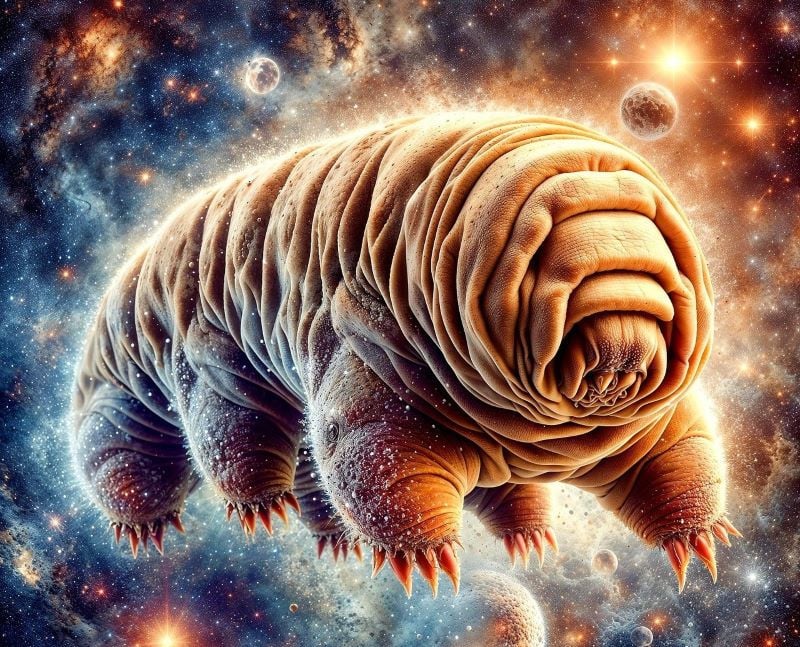
Chinese researchers have identified the mechanisms that grant tardigrades their exceptional resistance to radiation, offering insights that could one day enhance human resilience to similar conditions.
According to a study published Friday in *Science*, scientists detailed how the tiny, resilient invertebrates—commonly known as water bears—survive extreme environments, including intense radiation, high and low temperatures, dryness, high pressure, and even the vacuum of space.
In 2018, scientists collected tardigrades from Henan Province in central China, identifying a previously undocumented species, *Hypsibius henanensis*.

A micrograph of tardigrade. PHOTO: NATURE
The researchers analyzed the genome of this new species and identified three key mechanisms responsible for its radiation resistance: "horizontal gene transfer" from organisms such as plants, fungi, and bacteria; a unique "radiation-induced protein" that aids DNA repair; and "general stress-related proteins" that also support DNA recovery.
The study, the scientists explained, could guide future research into strengthening human cell resilience. "We've found that the molecules, which offer anti-radiation protection for tardigrades, can significantly improve the anti-radiation ability of human cells after being transferred into human cells," said Zhang Lingqiang, a researcher from the Academy of Military Medical Sciences.
"This suggests they have significant potential application value and can lay a theoretical foundation for developing protections against ultra-strong radiation," Zhang added.


1725612926-0/Tribune-Pic-(8)1725612926-0-165x106.webp)


1727160662-0/Google-(2)1727160662-0-270x192.webp)
1732085354-0/insta-(1)1732085354-0-270x192.webp)







1729927693-0/BeFunk_§-(70)1729927693-0.jpg)






COMMENTS
Comments are moderated and generally will be posted if they are on-topic and not abusive.
For more information, please see our Comments FAQ